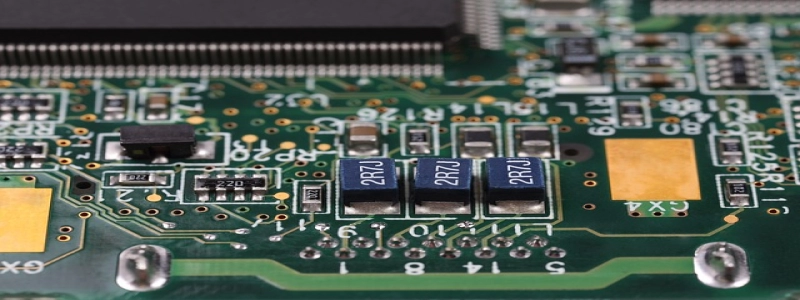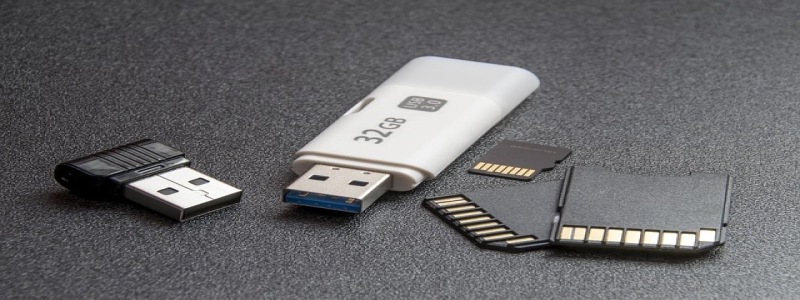Data Highway Plus to Ethernet
Introduction
In today’s fast-paced technological world, the need for efficient and reliable data communication is ever-increasing. One of the most widely used industrial communication protocols is Data Highway Plus (DH+). However, Ethernet has emerged as a more versatile and advanced communication platform. In this article, we will explore the concept of Data Highway Plus to Ethernet conversion, its benefits, and how it can revolutionize industrial data communication.
I. What is Data Highway Plus?
Data Highway Plus (DH+) is a communication protocol developed by Rockwell Automation for industrial automation systems. It allows various devices, such as Programmable Logic Controllers (PLCs) and Human-Machine Interfaces (HMIs), to exchange data in real-time. DH+ uses a token-passing network topology, where devices take turns transmitting data. While DH+ has been widely adopted, it has certain limitations, such as slower data rates and limited scalability.
II. The Advantages of Ethernet
Ethernet, on the other hand, is a widely used communication technology in the IT industry. It offers higher data rates, greater scalability, and compatibility with various devices and protocols. Ethernet provides a reliable and standardized platform for data communication, making it ideal for modern industrial automation systems.
III. Converting DH+ to Ethernet
To bridge the gap between DH+ and Ethernet, specialized hardware called DH+ to Ethernet converters are utilized. These converters serve as intermediaries, allowing DH+ devices to communicate with Ethernet devices seamlessly. They convert the DH+ protocol to Ethernet protocol and vice versa, enabling data exchange between the two communication platforms.
IV. Benefits of DH+ to Ethernet Conversion
The conversion from DH+ to Ethernet brings forth numerous advantages for industrial automation systems. Firstly, it enhances data communication by utilizing Ethernet’s high-data rate capabilities. This allows for faster data transfer, reducing latency and improving real-time response.
Secondly, Ethernet’s scalability ensures that the network can easily accommodate additional devices, making it future-proof. This flexibility is crucial as automation systems evolve and expand.
Furthermore, Ethernet provides greater compatibility, enabling integration with various devices and protocols. This promotes interoperability and simplifies the integration of different components within the industrial automation system.
V. Conclusion
In conclusion, the conversion from Data Highway Plus to Ethernet offers significant benefits for industrial automation systems. By leveraging Ethernet’s advanced features, such as high data rates, scalability, and compatibility, the overall efficiency and effectiveness of data communication can be greatly improved. As the industrial automation landscape continues to advance, the adoption of DH+ to Ethernet conversion will become increasingly vital in ensuring seamless connectivity and optimal performance.








